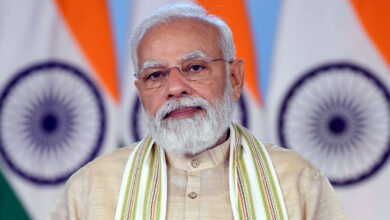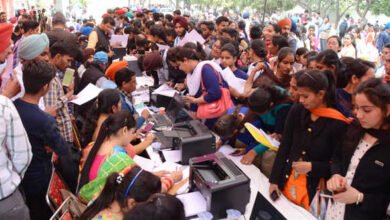labour
-
Trends

Myanmar’s Labour Pangs May Lead to Gains for India 2023
Myanmar’s Labour Pangs May Lead to Gains for India 2023 The Swedish clothing giant H&M’s decision to gradually stop using…
Read More » -
Economy

Globally, mobile workforce is going to be a reality in future’: PM Modi at G20 Labour and Employment Ministers’ meeting
Globally, mobile workforce is going to be a reality in future’: PM Modi at G20 Labour and Employment Ministers’ meeting…
Read More » -
Trends

An Ideal Time For India To Capitalize On The Global Labor Shortage
An Ideal Time For India To Capitalize On The Global Labor Shortage Take advantage of the current workforce crisis…
Read More » -
Trends

Joblessness and despair: India’s working population fall
Even if the problem of unemployment in India has grown to alarming proportions and is now seen as the biggest…
Read More » -
Trends

Factory employment in the US is flourishing as it was the best in the 1970s.
Every recession since the late 1970s, when US manufacturing began a lengthy period of automation and outsourcing, has been followed…
Read More » -
Trends

In India, which state has the highest and lowest unemployment rate? How does this affect the economy, and what are the reasons?
In India, which state has the highest and lowest unemployment rate? How does this affect the economy, and what are…
Read More » -
Trends

German economic indicators raise concerns over high energy costs and a shortage of skilled labour.
Analysts across the world have predicted a recession as a result of the sluggish German GDP in the second quarter…
Read More » -
Trends

The rules for SEZ IT and ITeS workers who work from home are listed below.
The rules for SEZ IT and ITeS workers who work from home are listed below. The new “work from home”…
Read More »


